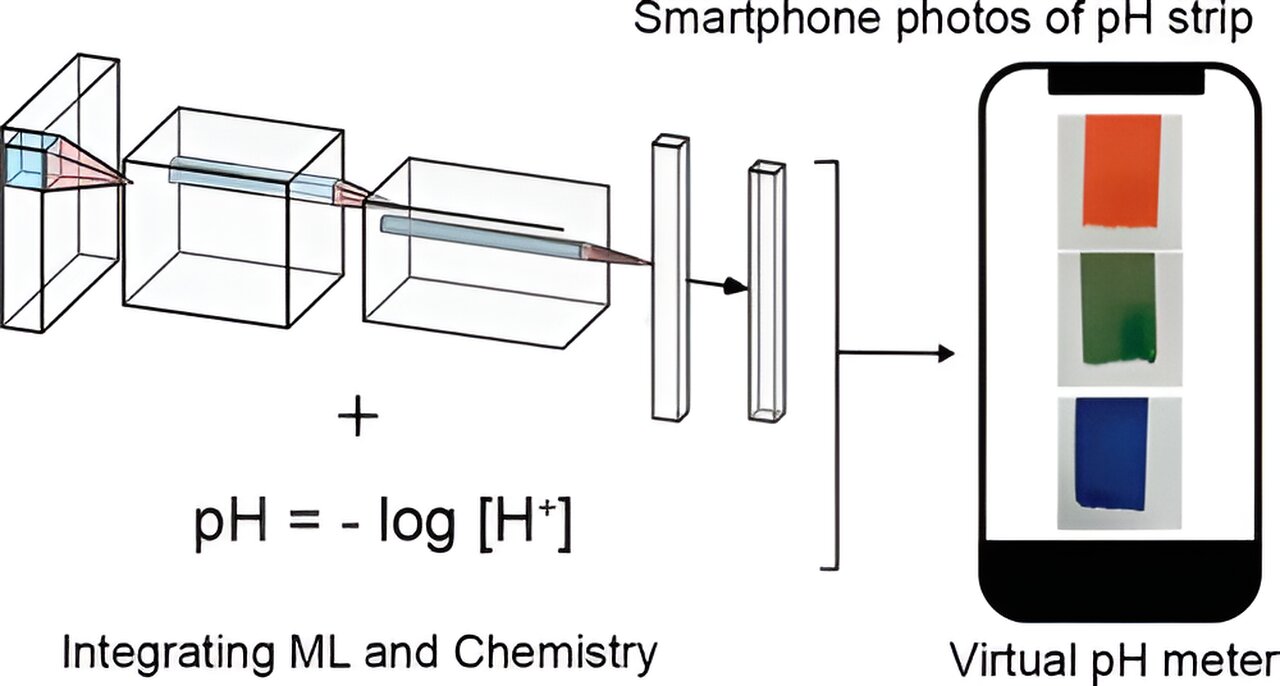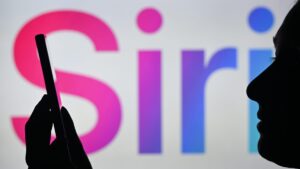

North Carolina State University researchers have developed a weeklong high school curriculum that helps students quickly grasp concepts in both color chemistry and artificial intelligence—while sparking their curiosity about science and the world around them.
To test whether a short high school science module could effectively teach students something about both chemistry—a notoriously thorny subject—and artificial intelligence (AI), the researchers designed a relatively simple experiment involving pH levels, which reflect the acidity or alkalinity of a liquid solution.
When testing pH levels on a test strip, color conversion charts provide a handy reference: more acidic solutions turn test strips red when a lot of acidity is present and turn test strips yellow and green as acid levels weaken. Test strips turn deep purple when liquids are highly alkaline and turn blue and dark green as alkaline levels decline.
Numerical ranges of pH span from 0 to 14, with seven being neutral—about the level of the tap water in your home—and the lower amounts reflecting greater acidity, with higher numbers reflecting greater alkalinity.
“We wanted to answer the question: ‘Can we use machine learning to more accurately read pH strips than visually?'” said Yang Zhang, assistant professor of textile engineering, chemistry, and science and a co-corresponding author of a paper describing the work. “It turns out that the student-trained AI predictive model was about 5.5 times more precise than visual interpretations.”
The students used their cellphone cameras to take pictures of pH test strips after wetting them in a variety of everyday liquids—beverages, pond or lake water, cosmetics, and the like—and predicted their pH values visually. They also received test strips from the instructors with known pH levels taken with sophisticated instrumentation and predicted those visually.
“We wanted students to think about the real-world implications of this type of testing, for example, in underdeveloped places where drinking water might be an issue,” Zhang said. “You might not have a sophisticated instrument, but you really want to know if the pH level is less than 5 versus a 7.”
Students entered data into free machine learning software called Orange, which has no lines of code, making it easy for novices to work with. They worked to convert test strip images and pH values into predictions, with machine learning improving accuracy as it learned to delineate the more subtle changes in test strip color with the corresponding pH values.
Students then compared their machine learning pH level predictions with their visual predictions and found that the AI predictions, though not perfect, were much closer to the true pH value than their visual predictions.
The researchers also surveyed the students before and after the weeklong curriculum and found that they reported being more motivated to learn and more knowledgeable about both chemistry and AI.
“Students could see the relevance of cutting-edge technology when applied to real-world problems and scientific advancements,” said Shiyan Jiang, assistant professor of learning design and technology at NC State and co-corresponding author of the paper.
“This practical application not only enhances their understanding of complex science concepts but also inspires them to explore innovative solutions, fostering a deeper appreciation for the intersection of cutting-edge technology and science, in particular chemistry.”
“On the chemistry side, there are a lot of similar color chemistry concepts we can teach this way,” Zhang said. “We can also scale this curriculum up to include more students.”
The research is published in the Journal of Chemical Education.
More information:
Shiyan Jiang et al, Integrating Machine Learning and Color Chemistry: Developing a High-School Curriculum toward Real-World Problem-Solving, Journal of Chemical Education (2023). DOI: 10.1021/acs.jchemed.3c00589
Provided by
North Carolina State University
Citation:
New high school curriculum teaches color chemistry and AI simultaneously (2023, December 7)
retrieved 8 December 2023
from https://phys.org/news/2023-12-high-school-curriculum-chemistry-ai.html
This document is subject to copyright. Apart from any fair dealing for the purpose of private study or research, no
part may be reproduced without the written permission. The content is provided for information purposes only.





